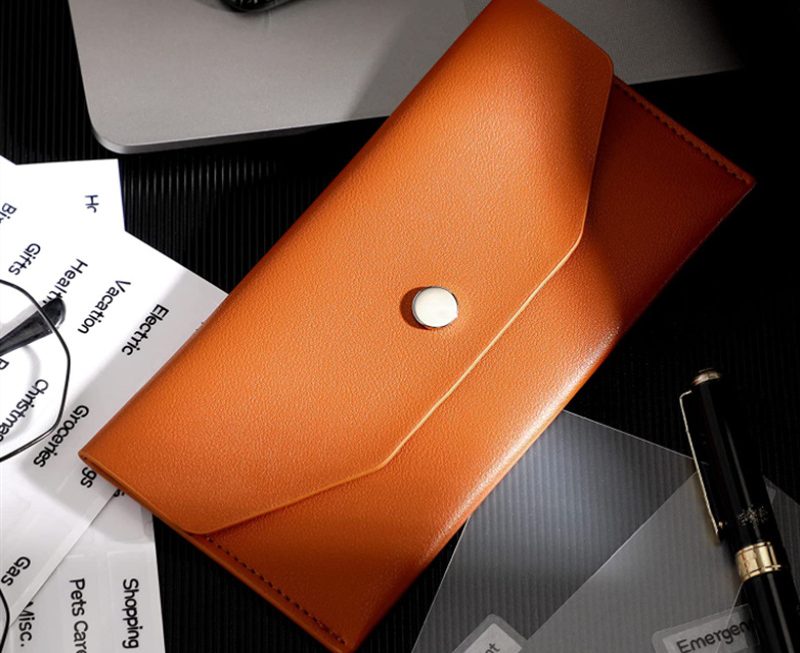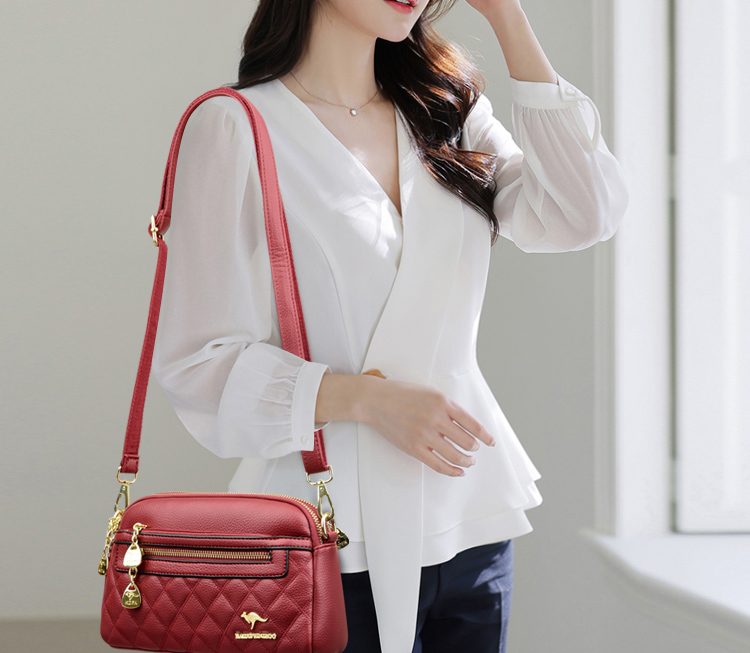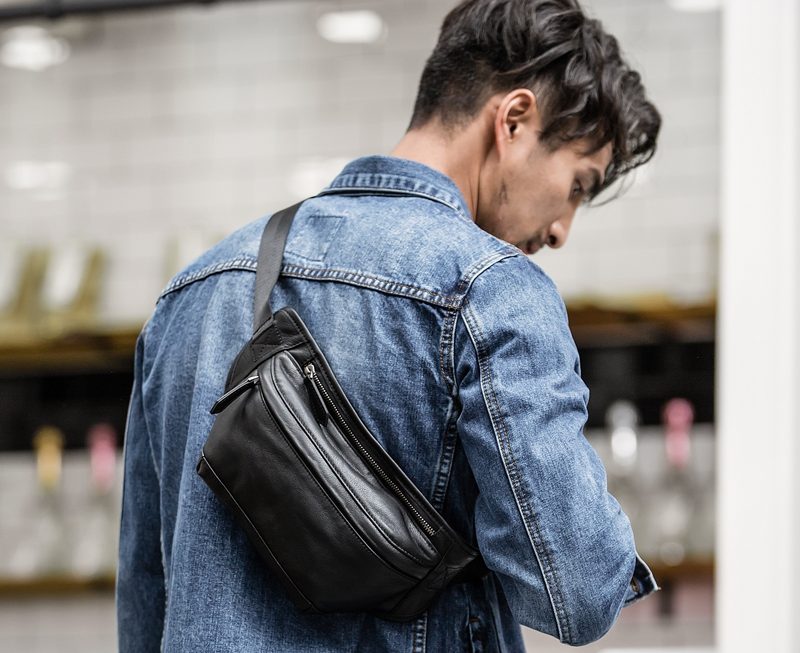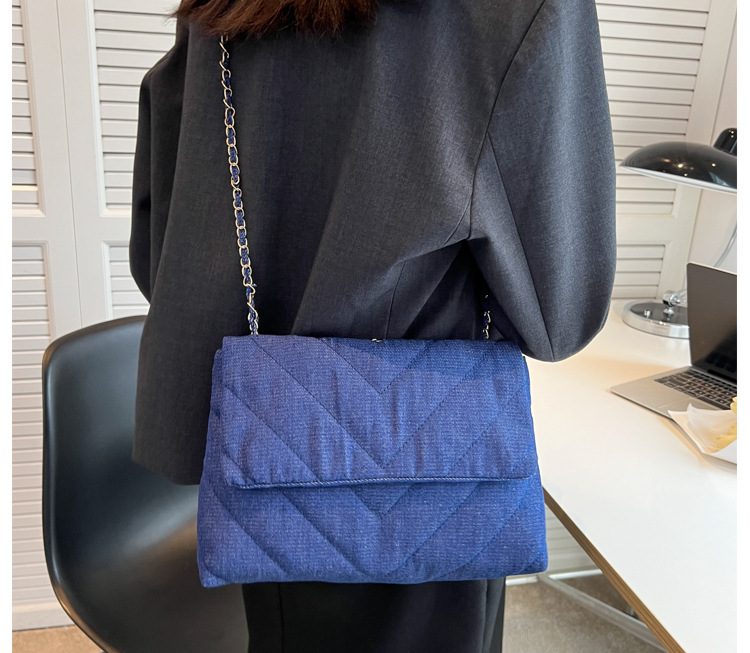Introduction to Billfolds and Wallets
When choosing an accessory to carry essentials, ‘billfold vs wallet‘ often comes up. These items share similarities, but differences exist too. Understanding these can help you choose what suits you best.
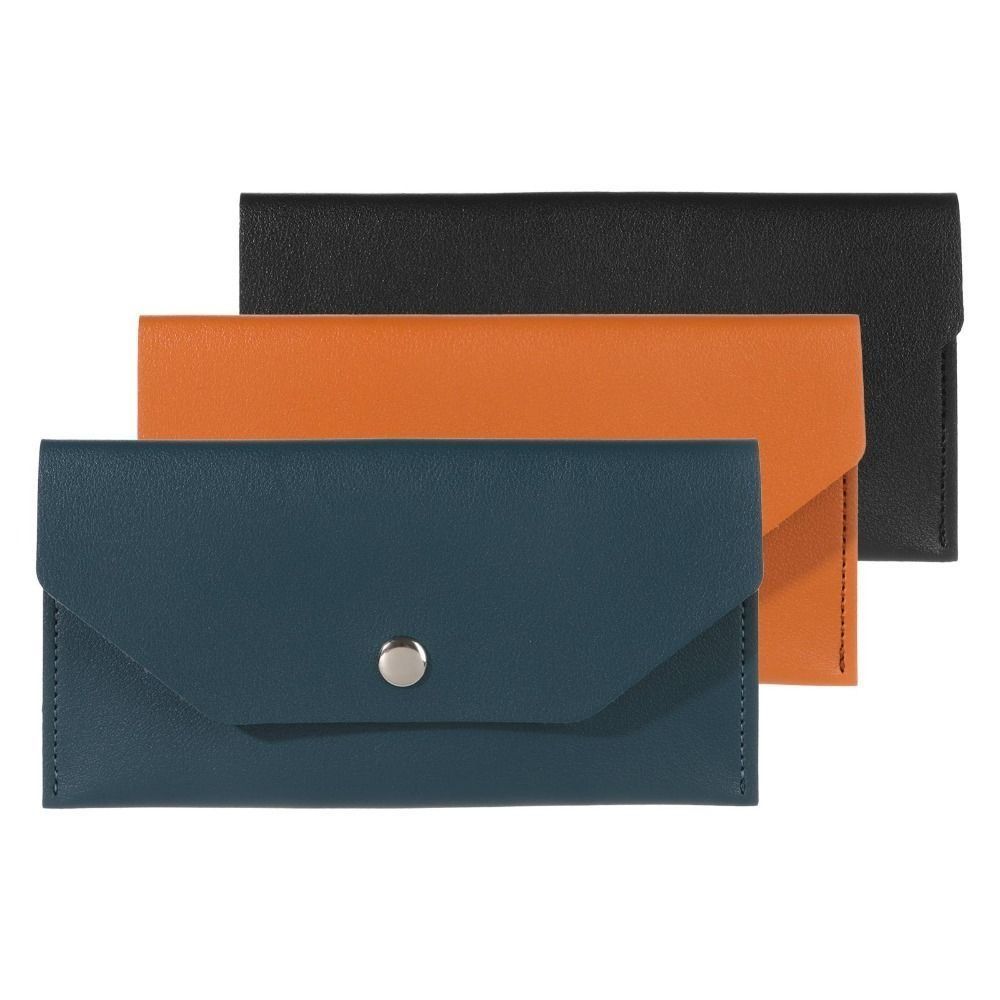
Definitions and Basic Concepts
A wallet is a flat case usually made of leather, designed to hold various items such as cash, cards, and sometimes even a phone. It comes in many styles and sizes, and can feature different compartments for organization. A billfold is essentially a type of wallet with a specific design to fold paper money. Typically, billfolds are slimmer and may have fewer compartments compared to other wallets.
Historical Development of Billfolds and Wallets
Early Inceptions and Evolution Over Time
The billfold and wallet have evolved over time. Their history begins long before paper currency became widespread. The earliest form of wallet may be over 5,000 years old, held by ?tzi the Iceman, who carried a pouch for tools and food.
By the 17th century, as paper money emerged, wallets became necessary. However, they were more like pouches or cases rather than the folding designs we know today. It wasn’t until the 19th century that the term ‘billfold’ appeared, indicating a need for a specific design to hold paper bills.
The modern billfold, designed primarily for paper money, gained popularity in the 1950s. Around this time, credit cards entered the scene, which prompted the creation of wallets with card slots, giving rise to the bi-fold and tri-fold styles that are still popular today.
In conclusion, billfolds and wallets have a rich history. They transformed from simple leather pouches to sophisticated carryall cases designed to meet modern needs. As paper currency became standard, billfolds emerged to neatly store and fold bills, leading us to the varied and functional designs we carry in our pockets today.
Common Types of Billfolds
Exploring the variety of billfolds helps you understand their features and choose the right one. Here are their common types.
Bi-fold Wallets
Bi-fold wallets are popular due to their simplicity. They fold once, creating a sleek and compact design. These wallets typically feature a long compartment for bills. They also have multiple slots for credit and debit cards, often arranged horizontally or vertically.
Tri-fold Wallets
Tri-fold wallets offer more storage space, folding twice instead of once. This design reduces the wallet’s length but increases its thickness. They have an open pocket for cash and various slots for cards and receipts. You can only arrange the contents vertically, which sometimes makes them bulkier than bi-folds.
Cardholder and Coin Wallets
Cardholders are ideal when you handle multiple types of cards regularly. This option is slimmer and focuses on organizing cards efficiently without the bulk of a traditional wallet. Coin wallets address the need for carrying coins neatly. They usually feature a zipper enclosure to safely hold coins and cards.
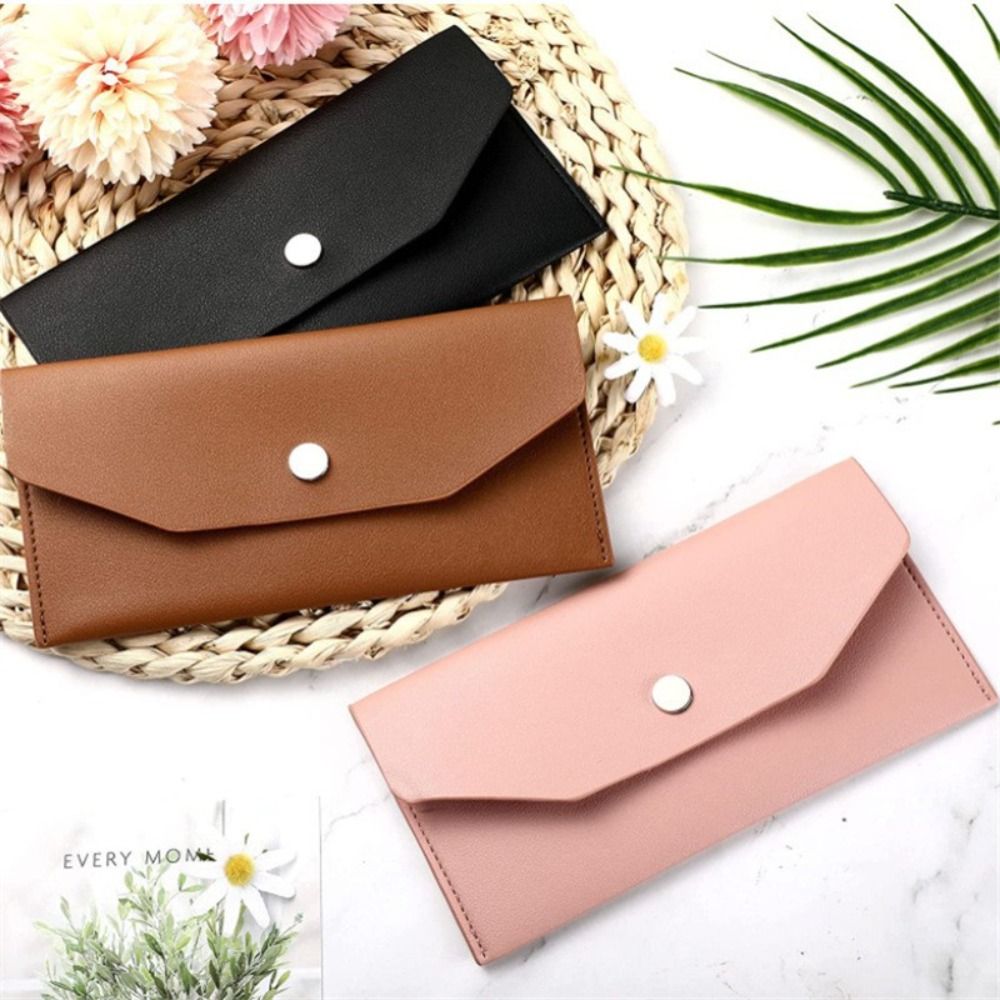
Phone and Minimalist Wallets
Phone wallets combine the functionality of a wallet with the convenience of carrying your smartphone. They resemble coat wallets but include a specific compartment for your smartphone and a few card slots. Minimalist wallets cater to those preferring less bulk. They often feature a double-sided design, allowing for a few cards and a small amount of cash, ideal for slim-fit trousers enthusiasts.
Key Differences Between Billfolds and Wallets
Understanding the key differences between billfolds and wallets is crucial for making an informed choice.
Design Features and Functionalities
Billfolds and wallets, though similar in function, exhibit distinct design features and functionalities. A billfold is a simpler, more streamlined version of a wallet, designed primarily to hold paper bills folded in half. It usually has fewer compartments and is slimmer, making it less bulky in pockets.
In contrast, wallets are typically larger and come with a variety of compartments. They can hold cash, multiple cards, and sometimes even coins and keys, depending on the design. Wallets might also feature security closures like zippers or snaps to keep contents secure.
Bi-fold wallets, a type of billfold, fold once and generally feature a long compartment for cash along with several slots for cards. They can be packed horizontally or vertically, depending on the internal design. Tri-fold wallets, on the other hand, fold twice and are more compact but thicker, with numerous slots for better organization but a potential increase in bulk.
Some wallets are designed with specific purposes in mind, such as coin wallets and phone wallets. Coin wallets, for example, often include a zippered compartment to store coins without them falling out, while phone wallets provide a convenient place to securely house your smartphone along with a few essential cards.
Minimalist wallets are a modern innovation that caters to the desire for thin, light carriers, suitable for the minimal carriage of cards and cash. This design is particularly popular among those who prefer not to carry much or who wear slim-fitting clothing.
By understanding these distinctions in design and utility, you can select a billfold or wallet that best meets your needs and matches your lifestyle.
Choosing the Right Type: Billfold or Wallet?
When deciding between a billfold or wallet, consider what you value in an everyday accessory. Both options store your essentials securely, but choosing relies on your specific needs and lifestyle.
Factors to Consider When Selecting
- Size and Capacity: Billfolds are generally slimmer and great for those who carry minimal items. Wallets, with more compartments, suit those needing more space.
- Material Quality: High-quality leather ensures longevity. Opt for well-known brands that guarantee durability.
- Style and Functionality: Choose a design that complements your style. Consider billfolds for simplicity or wallets for more features.
- Security Features: Look for wallets with zippered compartments or secure closures. These enhance the security of your belongings.
- Portability: Consider how the wallet or billfold fits in your pocket. Bulky wallets can be uncomfortable and unsightly.
- Cost: Set a budget. Higher quality often means a higher price, but also longer life.
By considering these factors, you can select the perfect billfold or wallet for your needs, balancing function, style, and budget.
Care and Maintenance Tips
Proper care can make your billfold or wallet last longer. Here are a few tips to follow.
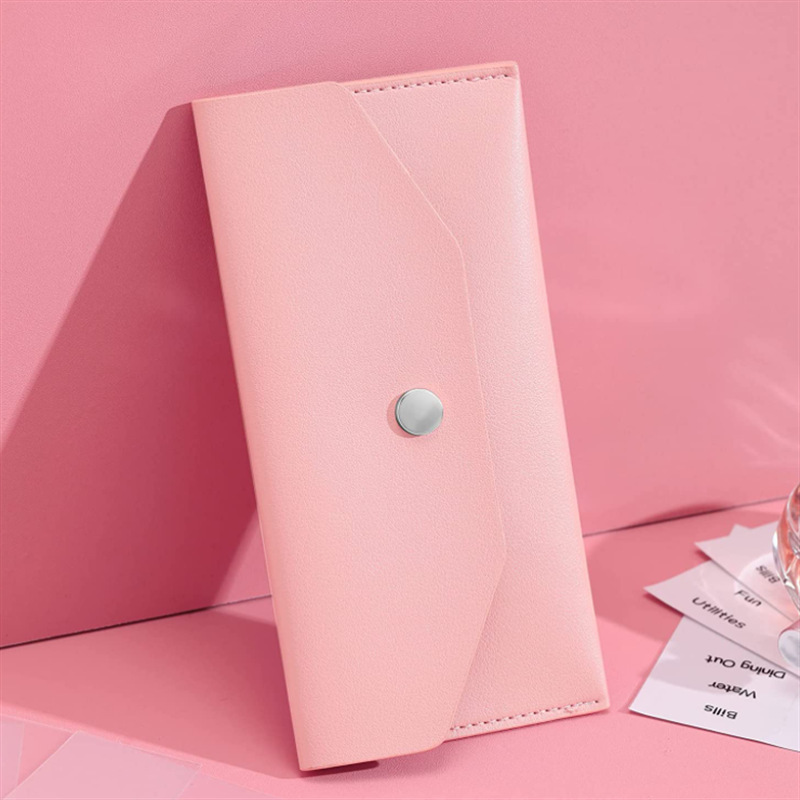
How to Ensure Longevity of Your Billfold or Wallet
- Clean Regularly: Wipe leather with a soft cloth. Use cleaner designed for leather.
- Condition: Apply a leather conditioner once in a while. It prevents cracks and keeps it supple.
- Avoid Overstuffing: Do not overfill your wallet. It can stretch out leather and strain seams.
- Keep it Dry: Protect from water and dry it promptly if it gets wet.
- Store Properly: When not in use, keep your wallet in a cool, dry place.
- Rotate Usage: Switch between wallets to reduce wear and tear.
- Remove Clutter: Take out unneeded receipts and cards regularly to maintain shape.
By applying these simple maintenance tips, you extend your wallet’s service life, ensuring it remains a functional and elegant accessory for years.
Conclusion
In this article, we’ve explored the nuances of billfolds and wallets, dissecting their differences and understanding their respective usages. Billfolds and wallets are both designed to carry our most essential items—money, cards, and identification—yet they do so in distinct ways.
Summarizing the Distinctions and Uses
A billfold is typically more streamlined, folding cash in half, restricting bulk, and providing a simpler carrying solution. A wallet often entails a larger item with more compartments for extensive storage needs.
Bi-fold wallets, folding once, and tri-fold wallets, folding twice, offer different levels of organization and bulk. Cardholders and coin wallets cater to specific needs such as minimalism or coin storage, while phone and minimalist wallets suit modern, lightweight preferences.
Whether you choose a billfold or a more traditional wallet will depend on your personal needs, style, and how much you intend to carry. Remember to maintain your leather goods with regular cleaning and avoid overstuffing to ensure they last for years.
In a billfold vs wallet comparison, your choice should align with your daily routine and the image you wish to project. Whether you favor the slim fit of a billfold or need the capacious nature of a wallet, there is an option tailored to fit your lifestyle.
